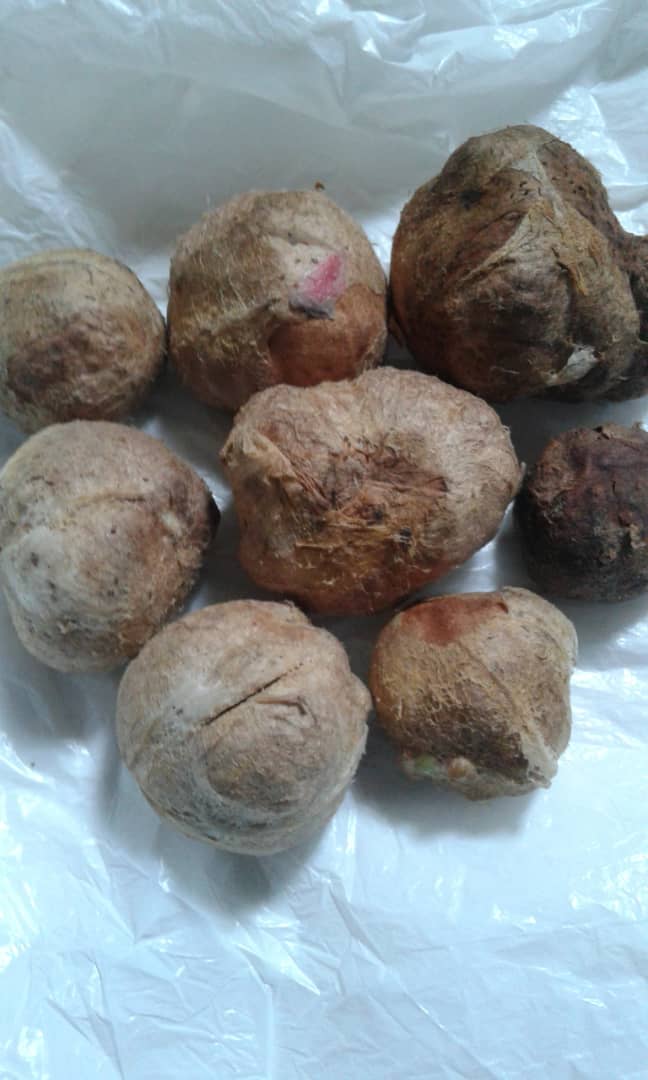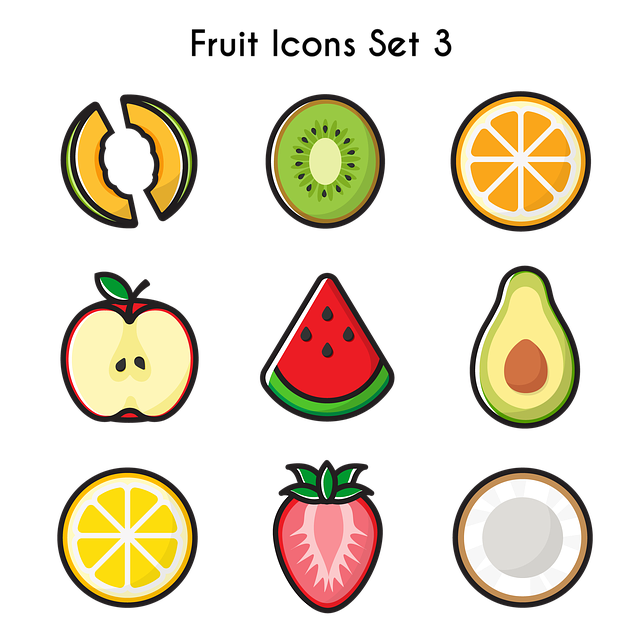Exploring the Investment potential of Bell apple fruit in Nigeria - An interview session with Mr Gbenga Akinyemi (One of the pioneers of creating the awaren...
Happy new Year. We produce Malay Apple here in Nigeria. It is a tropical apple. It is highly nutritious and medicinal in nature with amazing food uses. Being a tropical apple, we have a challenge with the short shelf - life. How can we increase this? Thank you. Gbenga Akinyemi, Agronomist / Malay Apple Farmer in Nigeria.




You must log in or register to comment.



. . In Malaysia, the powder from the dried leaves is reportedly used on a cracked tongue, a preparation of the root is a remedy for itching and given to alleviate swelling.
You can chop raw pieces of the apple for use in fruit salad and chop into fine pieces and add to salsa recipes. The young leaves and shoots before turning green in colour are consumed raw with rice or cooked and eaten as greens.
Brief Introduction
I am Gbenga Akinyemi, a graduate of Crop Production from the Federal College of Agriculture, Ondo state, Nigeria, West Africa. I was at the Nigerian Institute for Olilpalm Research, (NIFOR) Edo state, Plant BreedingDivision in 2002 for the one year mandatory National Youth Service Corps Programme (NYSC)
I taught Agricultural science at a private secondary school in Lagos and worked as a Farm Manager at a catfish and Oilpalm production farm between 2003 to 2006.
Presently pioneering Malay apple farming in Nigeria (since 2008). Thank you.
contact info :
WhatsApp : +234 915 088 7543
Mail : akinyemi1972@yahoo.com.
Malay apple. It is an amazing tropical apple type. It is majorly of three colours - red, green and cream with many varieties of each type. In Nigeria, the commonest is the red type. The green colour is scanty while the cream colour may not be readily available now. It has a sweet sour taste. It is highly medicinal and nutritious. This is established in the annals of scientific researches as contained in the scientific world Journal, health sciences and Food chemistry. The shelf life is 3 - 4 days. The apples stay between 17 - 19 days on the trees during harvest.
Malay apple seed It is a single oblate or nearly round seed. It is light brown externally, green internally. 1.6 - 2.0 cm in width. Somewhat meaty in texture. It is polyembryonic in natrue, that is more than two (2) seedlings could be raised from a single seed. It germinates readily in 2- 4 weeks. It has shown antibiotic activity and has some effects on blood pressure and respiration. It is medicinal in application. It is used to allay fever.
Harvest Each Malayapple must be carefully plucked from the tree and maintained in cool storage shortly thereafter. To remove from the tree, simply twist the apple’s stem.
Storage Malay apple does not store well under freezing form of refrigeration. The shelf life is prolonged under the chilling form of refrigeration at a specific temperature. Medicinal Uses Malayans apply a powder of the dried leaves on a cracked tongue. A preparation of the root is a remedy for itching. The root bark is useful against dysentery. The juice of the crushed leaxes is applied as a lotion and is added to baths. In Brazil, various parts of the plants are used as remedies for constipation, diabetes, coughs, headache etc. Seeded fruits, seeds, bark and leaves have shown antibiotic activity and have some effects on blood pressure and respiration.
Business Opportunities around Malay apple Farming
To boost local fruit production.
For the consumption of fresh apples for healthy living without the use of any chemical preservative.
The apples are highly medicinal. Various parts are used as remedies for overcoming different health challenges.
Malay apple tree produces much more apples than the temperate apple tree.
To reduce help Nigeria’s import bill on apples from South Africa, Europe and Asia.
Amazing wealth creation opportunities for the people in the areas of production, processing into valuable products for local consumption and export, information and internet marketing.
a. Sale of apples. As at 2006, it was sold for #5 each. Today, the small size is #50, the big size is #100, while the jumbo size is #150 each.
b. Sale of Malay apple seeds and Germinated seeds. As at 2010, a seed was sold for #50 each, but now, each seed is #100 each. The germinated seeds are between 3 - 5 weeks after planting at the pre - nursery stage. The cost of each germinated seed is #150.
c. Malay apple seedlings production. The seed is #100 each. It involves raising the seeds into seedlings. You will start making money from the 10th week after planting. The seedlings production can be done at home. At the backyard and gardens. A minimum of 50% returns on investment is guaranteed. There is a ready market for the sale of the seedlings especially from March to December each year.
Malay apple farm Plantation.
Akinyemi Oluwagbenga, Agronomist. Pioneer Malay apple Farmer in Nigeria (since 2008) akinyemi1972@yahoo.com 08123979645.